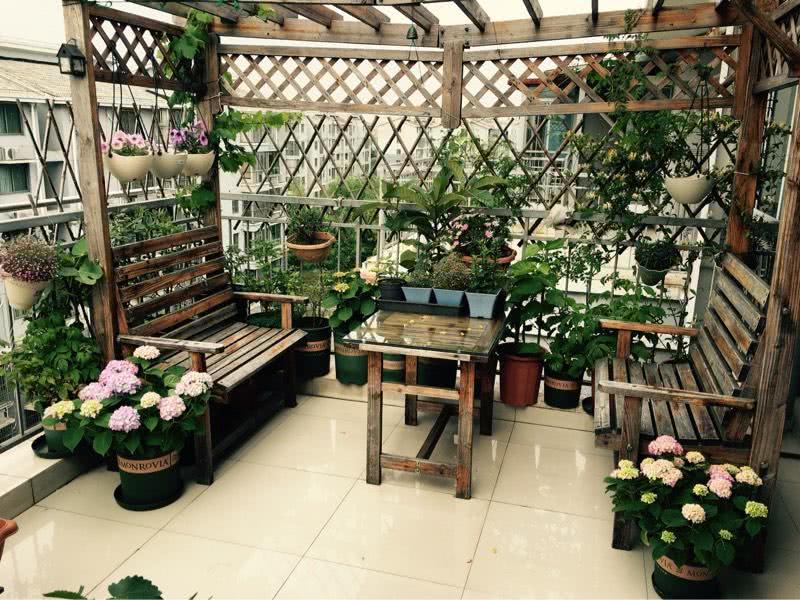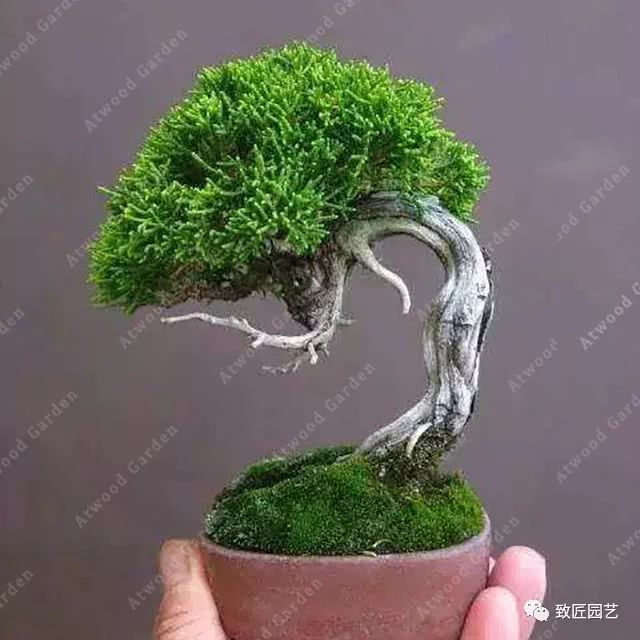Tips for raising succulent plants learn a few that each pot is fat and beautiful

The succulent plants of the family crassulaceae are mostly propagated by ramets and cuttings, and there are mainly varieties such as cabbage, Wasong, and Rhodiola. When planting this kind of succulent plants, we should pay attention to the winter season of ramet and cuttings, and pay attention to the temperature of about 15 degrees Celsius. Soil moisture control, a small amount of watering, but can not lack of water. Apricot family, this kind of succulent plant is also Xiyang succulent plant, belongs to group, that is, cluster group, because it is clustered, it is easy to cause density, lack of light source, and rot, so we need to pay attention to sparse density, and pay attention to high temperature sensitivity in summer. Heat emission and so on.
Family flowers and succulent plants have a lot of tips, such as breaking broken bricks with a diameter of about 2mm to 5mm. When planting flowers, put smaller powdery ones near the roots, and larger particles at the bottom of the basin or away from the roots. Broken bricks and tiles have many voids and strong adsorption capacity, which can quickly absorb the water and fertilizer applied, and play the role of water and fertilizer conservation. Secondly, due to the brick and tile after burning, the texture is strong and unsolid, with the characteristics of insoluble in water, many small voids inside can be retained for a long time, which is conducive to the circulation of air in the soil.
In the flower pot or turn over the basin, first set up a few hollow pipes in the basin (bamboo tube, plastic pipe and iron pipe, etc.), and then fill the soil around it. Then pour the coarse sand into the pipe, and the upper end is flush with the soil surface. Finally, the empty tube is gently pulled out, and a sand column is formed in the basin. Later, when watering, the water only spreads around through the sand column, thus preventing the soil from hardening. Sometimes small ants are also very active. If you put a little sesame oil on the hole at the bottom of the flowerpot, you can prevent the ants from climbing in.
In September, most succulent plants enter the second stage of growth, so the basin should be fully watered when the soil is dry. At this time, the summer type can reduce shading and ventilation, but can add topdressing. As for the winter type, it should be ventilated and watered. When the autumn rainy season comes, some varieties that are afraid of wet and varieties of tropical origin should avoid direct rain in the event of growth stagnation. September is suitable for sowing, grafting, cutting and so on. For varieties that bloom in winter, pots can be changed at this time. The difference between changing pots at this time and spring is that there is no need for substantial root pruning.
The sunshine in late January is slightly stronger than that in December, when the varieties of winter type grow very vigorously, so don't be reluctant to water them. It is important to note that when thawing the plant, it is best to place it in the dark to thaw it slowly, which is better than putting it in the sun. After late January, if the greenhouse encounters a high temperature, the seedlings will often burn. For stone flowers and meat cones, they may turn yellow or even stop growing. Therefore, the windows or doors of the greenhouse should be opened on a sunny day to maintain air circulation.
For succulent plants on the pot root trimming problem, generally speaking, will be dry and aging fibrous roots all cut off, leaving only a robust main root, generally leaving two centimeters in length. After root trimming, you need to put it in a cool and ventilated place to dry for one or two days, or two more days. The aim is to heal the wound so as to avoid post-planting infection. Many players like to put the rooted plants on the soil and wait for the new roots to come out before they are planted, which is safer. After root pruning, it can not be planted immediately, because when the fibrous root is removed, it is likely to cause a wound to the plant, and if it is planted immediately, it will be infected and lead to rotting root and so on. It is the safest way to put the plants in a cool and ventilated place for at least a week before planting them, especially for plants with fleshy roots, the drying time can be extended, and for plants with branches, be sure to dry the wound, they are too likely to be infected.
Here is a gathering place for succulent plant lovers, sharing succulent maintenance skills, welcome to follow and exchange.
- Prev

15 Ping Little Terrace Garden: a small world of flowers and plants over the noisy city
In the second year, 15 small terrace gardens in the city with about 14-15 flat terraces is very good. First of all, I am a person who loves to work, secondly, a person who likes to create life, and then a poetic person.
- Next

The art of ancient rebirth-the cypress.
Many people not only like the juniper bracelet, but also want to get a bonsai. Sabina vulgaris is a prehistoric plant, originated more than 300 million years ago, is a Cretaceous relict plant in the dinosaur era, known as the world's rarest and oldest gymnosperms.
Related
- Wuhan Hospital Iron Tree Blooming Result Was Instantly Frightened by the Gardener Master
- Which variety of camellia is the most fragrant and best? Which one do you like best?
- What is the small blue coat, the breeding methods and matters needing attention of the succulent plant
- Dormancy time and maintenance management of succulent plants during dormancy
- Minas succulent how to raise, Minas succulent plant pictures
- What are the varieties of winter succulent plants
- How to raise succulent plants in twelve rolls? let's take a look at some experience of breeding twelve rolls.
- Attention should be paid to water control for succulent plants during dormant period (winter and summer)
- Watering experience of twelve rolls of succulent plants
- Techniques for fertilizing succulent plants. An article will let you know how to fertilize succulent plants.

